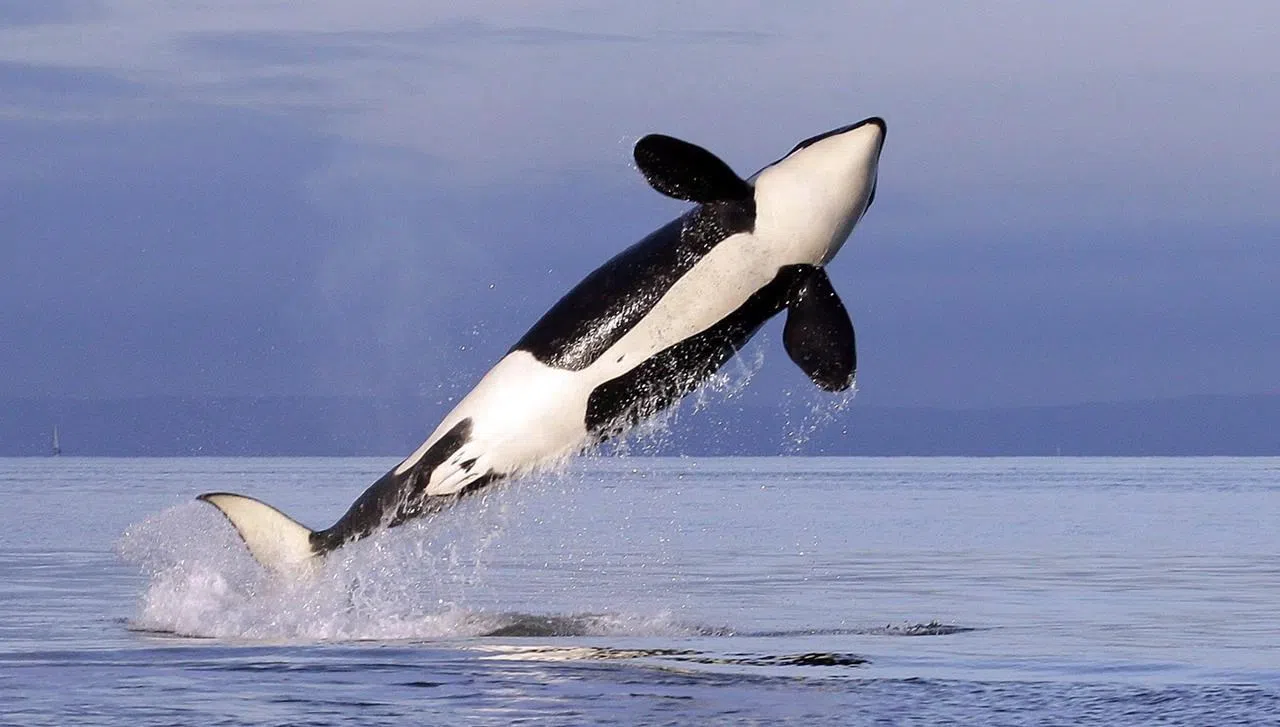
Ottawa’s recovery plan for West Coast’s endangered orcas criticized as too weak
The federal government has released a recovery plan for an endangered population of killer whales likely to be in the path of increased oil tanker traffic off British Columbia’s southern coast.
But environmental groups say the plan doesn’t have enough concrete measures to bring orca numbers in the southern Georgia Strait back to healthy levels.
“There needs to be a real sense of urgency,” said David Miller, head of the World Wildlife Fund Canada. “Just because we need more science doesn’t mean we shouldn’t act.”
Late last week, Ottawa released an action plan for the recovery of two killer whale populations — one living in the central Georgia Strait and further north and the other inhabiting the southern part of the strait and south into American waters.



